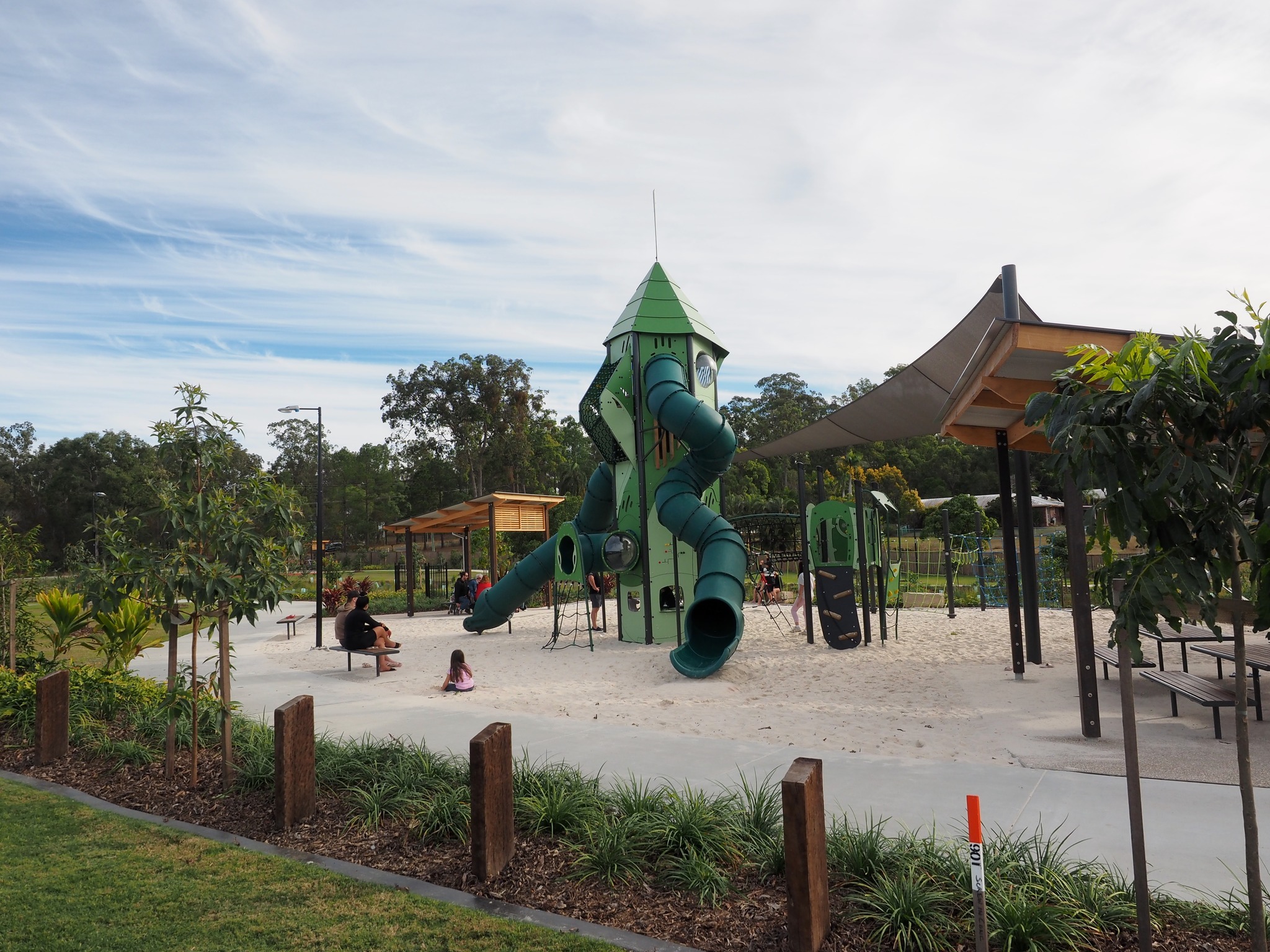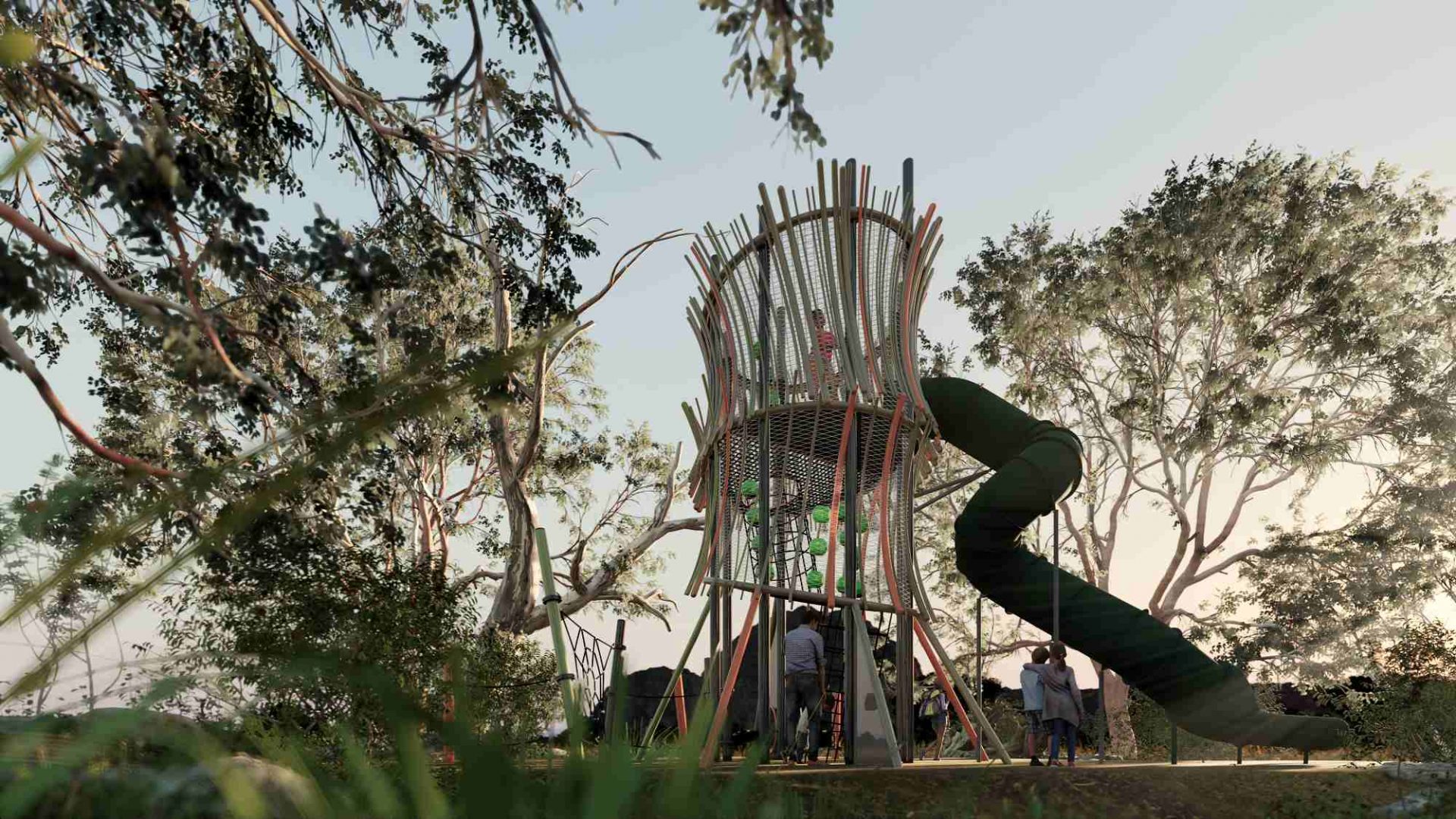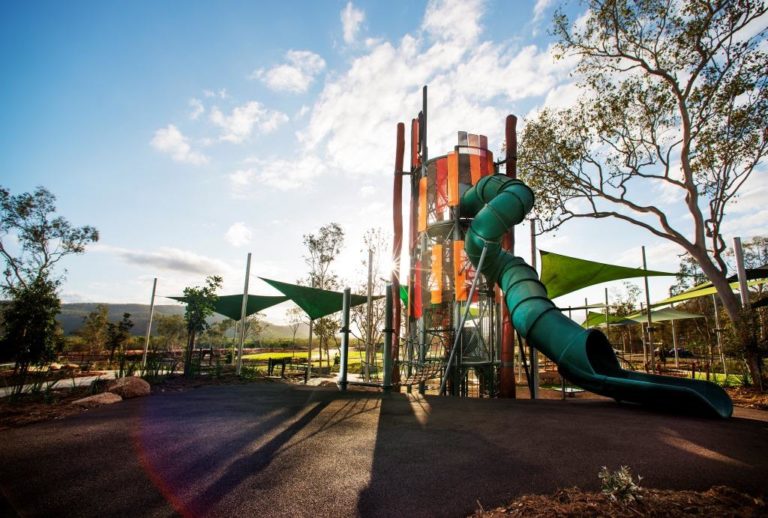
5 Insights into Risky Play: From Fear to Fun on Playgrounds
Playgrounds have always been a source of joy and adventure for children but concerns about safety sometimes overshadow the value of calculated risks. It is crucial, however, to recognise the significance of Risky play on playgrounds and its positive impact on a child’s development. In this article, we explore the importance of balanced Risky play on playgrounds and how it contributes to a child’s growth, learning, and self-confidence.
What is risky play?
Risky play or risk-taking during play, refers to a type of play that involves engaging in activities that have an element of perceived risk or potential danger. Risky play allows children to test their physical and cognitive limits, develop problem-solving skills, build resilience, and gain a better understanding of their own capabilities.
While Playgrounds have always been a source of joy and adventure for children, the concern for safety sometimes casts a shadow over the value of deliberate risk-taking. It is crucial, however, to recognise the significance of Risky play on playgrounds and its positive impact on a child’s development.
In this article, we explore the importance of balanced Risky play on playgrounds and how it contributes to a child’s growth, learning, and self-confidence. Although Risky play involves an element of uncertainty, it’s imperative to distinguish it from reckless or unsupervised conduct.

The true benefits of Risk-taking become evident in controlled and nurturing environments, guided by responsible adult oversight, and taking into account the child’s age, capabilities, and developmental phase.
By fostering age-appropriate Risky play, we nurture not only the comprehensive advancement of children but also strengthen their self-reliance and their aptitude to appraise and navigate risks throughout their daily experiences.
1. We need to give kids permission to explore risk;
The concept of Risky play is gaining recognition as a crucial developmental opportunity for young children. Understanding the elements of Risky play, its significant advantages, and finding ways to provide more opportunities for children to experience it safely are vital for their overall growth and well-being.
In a recent initiative, the local government in Melbourne, Victoria collaborated with acclaimed New Zealand artist, Mike Hewsen, to create a striking public artwork and playground known as “Rocks on Wheels.” This playground takes centre stage in Southbank, captivating numerous visitors and garnering attention for its promotion of risky play.

A growing body of research highlights the benefits of Risk-taking during play for children’s learning and development Sandseter (2007) and Kleppe, Sandseter and Melhuish (2017) highlights the positive impact of risk play parks on children’s development. These parks not only establish a precedent and tone but also grant children the freedom to explore and embrace risk. Given the opportunity, children strengthen their social and emotional well-being by accepting challenges and making thoughtful decisions when faced with risks.
2. The Consequences of Avoiding Risky play During Play;
On the flip side, children who don’t engage in Risky play during play are more likely to be clumsy, less physically fit, have little control over motor skills, feel uncomfortable in their own bodies, have poor balance, a fear of rapid movement and will be less able to manage risk.
Riskiness is part of everyday life and is associated with potentially good but uncertain outcomes. When considering children’s Risky play, we need to think about it in terms of behaviours where the outcome is uncertain. It involves a consideration of the benefits against possible undesirable consequences of the behaviour, as well as the probability of success or failure.
3. Managing Risky play on Playgrounds;
Managing Risky play should be based on taking a benefit-risk approach. Rather than just deciding something isn’t safe, we need to look at the benefits for children’s learning and development as well as the potential risks involved and make a judgement.
Whilst there may be a small risk of injury, the benefit to the child’s development outweighs it. The environment is challenging but not hazardous for children, and it is important to make this distinction. This means thinking about strategies that may be needed to reduce harm and hazards and how supervision will be provided, particularly when children are engaged in high-risk activities.
Taking a benefit-risk approach to managing Risky play and promoting safety requires adults to challenge their concepts of acceptable risk, to identify why spaces or activities might be too controlling, hence limiting challenge, and to rethink risk management in terms of being hazard-aware rather than risk-averse.
However, risk is subjective – a risky play situation for one child may be different from that of another, so having a sound knowledge of individual children’s capabilities is essential for providing support and encouragement that allows them to take appropriate risks.

4. Children thrive on Risky play;
By risky play, we don’t mean engaging in dangerous and reckless behaviour or pushing children beyond their abilities or playing in hazardous areas. Rather, risky play refers to play that involves thrilling, exciting, physically challenging activities like climbing, jumping, balancing, or rough and tumble play, as well as hiding or seclusion from the constant surveillance of adults.
These activities provide a sense of fun, enjoyment and exhilaration. From a child’s perspective, risky play is really just play and part of the natural progression in their learning as they try new things, challenge themselves and extend their skills by moving out of their comfort zone to push the limits of their current capabilities. The risk part is really more about how adults feel about it and their (often over-protective) desire to keep children safe.
5. Access to risky play and supportive adults;
Having access to active play in nature and outdoors—with its risks—is essential for healthy child development. Increasing children’s opportunities for self-directed play outdoors in all settings—at home, at school, in childcare, the community and nature gives children the space to build confidence and test their capabilities on their own terms.

Central to children’s willingness to engage in risky play and push themselves beyond their comfort zone is a conducive environment and the relationship they have with supportive adults. Having supportive relationships with adults enables children to gain confidence in their ability to express themselves, learn new things, work through challenges, and take calculated risks. Supporting risk and challenge outdoors requires adults to:
Have realistically high expectations of children’s capabilities and make informed decisions about when to stand back or when to intervene.
• Develop shared understandings and expectations in relation to acceptable risks
• Develop a positive disposition towards challenge and uncertainty
• Develop a language to talk about risk and safety that supports children in gradually taking responsibility for their own safety
• Teach children skills that help them to do things safely
Types of risky play:
1. Height and elevation:
Children climb trees and other structures to scary heights, from which they gain a bird’s eye view of the world…and the thrilling feeling of “I did it!”

2. Speed and momentum:
Swinging on vines, ropes, or playground swings, zooming down slides, riding bikes, or skateboards at high speeds provides the thrill of almost losing control.

3. Use of risky or adult tools:
Building a cubby or a fort, whittling sticks, building a fire, baking a cake or any other tool known to be potentially dangerous, or being near a deep body of water. There is great satisfaction in being trusted to handle such tools, but also thrill in controlling them, knowing that a mistake could hurt.

Flagstone Water Park, Flagstone
4. Rough and tumble play:
Children engage in rough and tumble play, chasing one another and play-fighting, honing vulnerability and understanding their bodies’ capabilities and limits.

5. Disappearing/getting lost:
Hide and seek games thrill small children with temporary, scary separation from companions, while older one’s venture into new territories away from adults, imagining potential dangers, including getting lost.

Wadda Mooli Park – Elliott Springs
6. Interaction with natural/dangerous elements
Play near dangerous elements involves activities like playing near fire, cliffs, or deep water. The risks to life and limb posed by these elements are evident, and children often seek to test their limits in such situations and environments.

Parks & Leisure QLD – Award Winning Playgrounds : Playscape Creations
Balanced risky play on playgrounds plays a vital role in a child’s development by promoting independence, resilience, self-confidence, physical skills, and emotional intelligence. These experiences cultivate creativity, responsibility, and critical thinking, and create lasting memories of joy and adventure. Embracing the importance of risky play empowers children to face challenges with confidence, ultimately fostering their holistic growth and potential. Let’s ensure that playgrounds remain places of fearless fun, where children can learn, explore, and thrive.
Tags: everyone can play, play for all, playground